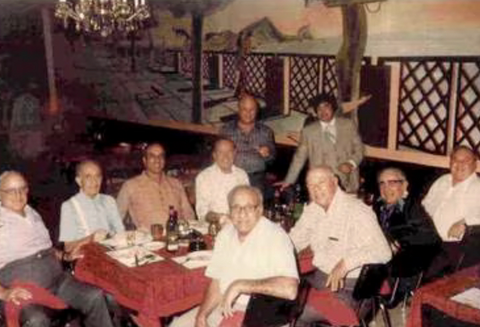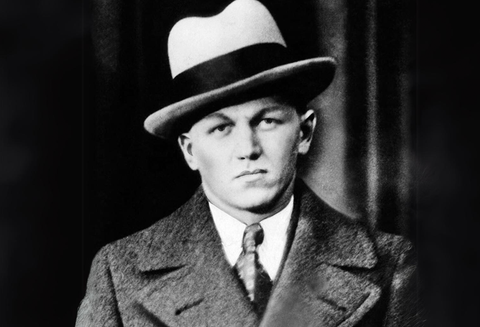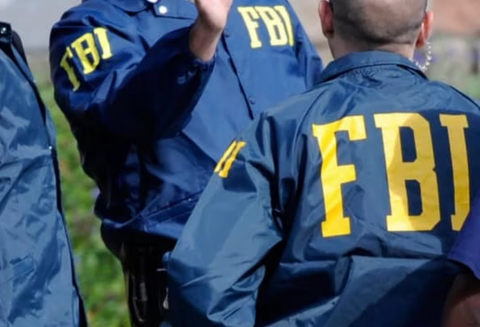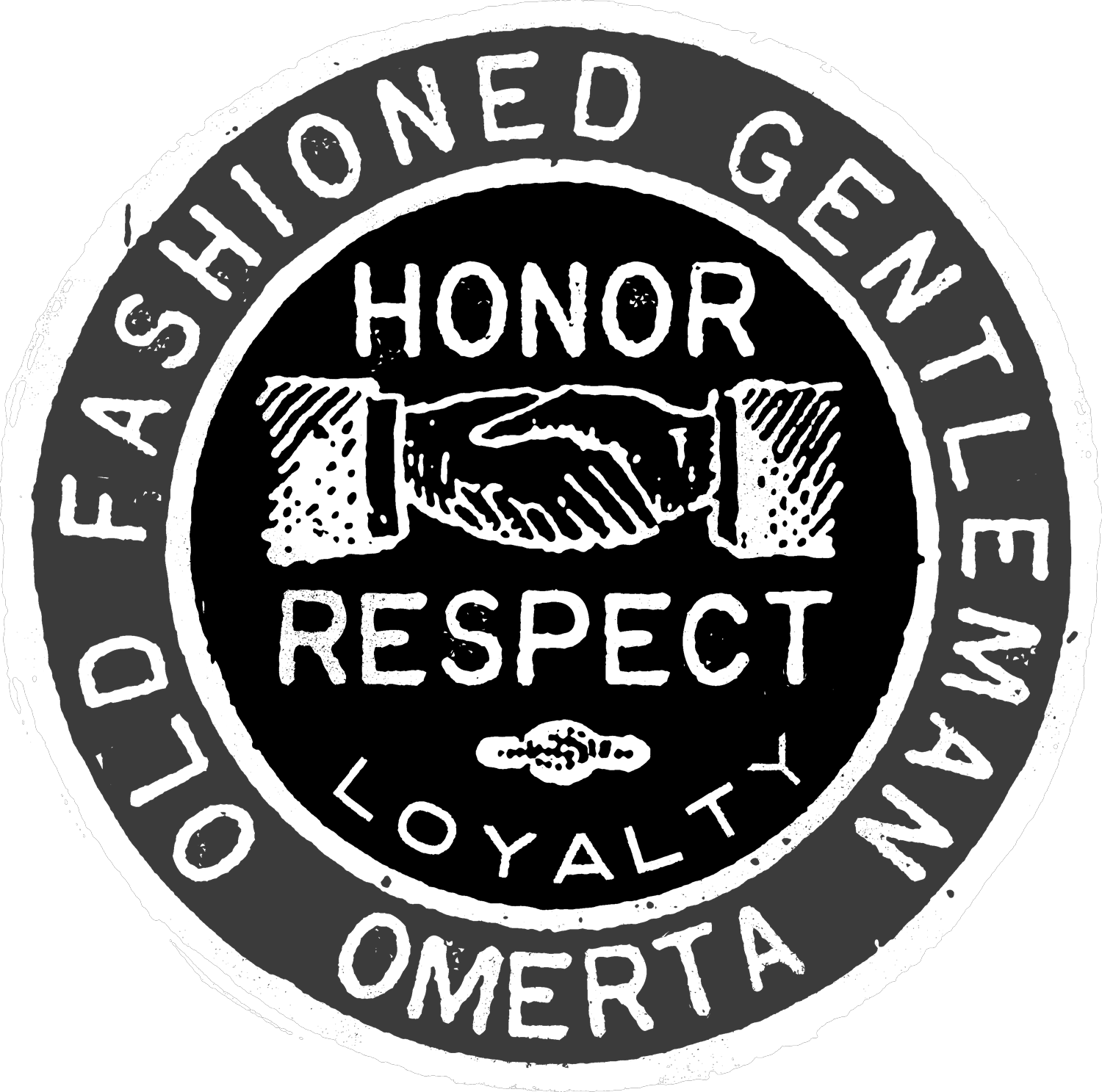Top Stories

FEATURED ITEM

During the 1920s and 1930s, the United States was in the grip of Prohibition, a time when bootleggers reigned supreme and illegal activities thrived. One notorious figure who rose to power during this era was Dutch Schultz, whose criminal empire expanded to include bootlegging, narcotics, gambling, and protection rackets. Known for his ruthlessness, Schultz was responsible for the deaths of over a hundred individuals in less than a decade.
However, as his empire continued to grow, Schultz became increasingly susceptible to the newly enacted federal income tax law. Faced with the possibility of a long prison sentence, he devised a plan to safeguard his wealth. Schultz instructed his top lieutenants to empty his safety deposit boxes and gather all available cash from his bank accounts.
Gathering at a hideaway in Connecticut, Schultz and his trusted associates, including the notorious "Lulu" Rosencrantz and Marty Krompier, packed bundles of thousand-dollar bills, negotiable Liberty Bonds, gold coins, diamonds, and other precious gems into a strongbox. This impregnable box was then secured with a steel plate and entrusted solely to Schultz, who possessed the only key.
Under the cover of darkness, Schultz and Lulu embarked on a journey to Phoenicia, a small town in upstate New York. It was in this town, familiar to Schultz from his bootlegging days, that he decided to bury his treasure. Swearing Lulu to secrecy, Schultz allegedly marked the burial site by carving an "X" into the trunk of a nearby tree. However, Lulu couldn't resist sharing the secret with Marty Krompier, possibly even providing him with a map to the hidden location.
Word of the buried treasure soon spread throughout New York. However, Schultz's troubles were far from over. Manhattan District Attorney Thomas E. Dewey was determined to dismantle Schultz's criminal empire, viewing it as an opportunity to advance his own political career. In an attempt to regain control, Schultz surrendered to authorities in Albany, New York, but managed to secure a hung jury in his first trial. At his second trial, he was acquitted due to a supposed lack of evidence, although suspicions of jury tampering arose.
Following his acquittal, Schultz relocated his operations to The Palace Chop House, a tavern he owned in Newark, New Jersey. Desperate to regain power, Schultz launched a brutal killing spree, which drew the ire of the powerful New York Crime Syndicate. Fearing increased scrutiny and attention, the Syndicate sought to eliminate Schultz. On the night of October 23, 1935, as Schultz entered the men's room of The Palace Chop House, he was met by two Syndicate hitmen who opened fire, ultimately leading to his untimely death.
With Schultz now deceased, only Marty Krompier possessed the knowledge of the treasure's burial site. However, his attempts to recover the treasure were thwarted when two henchmen caught up with him at a barber shop in New York City. They gunned him down and took the map, leaving Krompier unable to locate the treasure. Nevertheless, there is strong belief among treasure enthusiasts that Schultz's fortune remains buried somewhere in upstate New York, waiting to be discovered.
It is a tantalizing thought - that someone stumbling upon a tree with an "X" carved into its trunk could potentially unearth a treasure worth more than $50 million. Despite the passing years, the allure of Schultz's hidden fortune persists, intriguing treasure hunters and captivating the imaginations of those who dare to dream. Perhaps, one day, Dutch Schultz's buried treasure will be discovered, bringing his infamous legacy back to life.
During the 1920s and 1930s, the United States was in the grip of Prohibition, a time when bootleggers reigned supreme and illegal activities thrived. One notorious figure who rose to power during this era was Dutch Schultz, whose criminal empire expanded to include bootlegging, narcotics, gambling, and protection rackets. Known for his ruthlessness, Schultz was responsible for the deaths of over a hundred individuals in less than a decade.
However, as his empire continued to grow, Schultz became increasingly susceptible to the newly enacted federal income tax law. Faced with the possibility of a long prison sentence, he devised a plan to safeguard his wealth. Schultz instructed his top lieutenants to empty his safety deposit boxes and gather all available cash from his bank accounts.
Gathering at a hideaway in Connecticut, Schultz and his trusted associates, including the notorious "Lulu" Rosencrantz and Marty Krompier, packed bundles of thousand-dollar bills, negotiable Liberty Bonds, gold coins, diamonds, and other precious gems into a strongbox. This impregnable box was then secured with a steel plate and entrusted solely to Schultz, who possessed the only key.
Under the cover of darkness, Schultz and Lulu embarked on a journey to Phoenicia, a small town in upstate New York. It was in this town, familiar to Schultz from his bootlegging days, that he decided to bury his treasure. Swearing Lulu to secrecy, Schultz allegedly marked the burial site by carving an "X" into the trunk of a nearby tree. However, Lulu couldn't resist sharing the secret with Marty Krompier, possibly even providing him with a map to the hidden location.
Word of the buried treasure soon spread throughout New York. However, Schultz's troubles were far from over. Manhattan District Attorney Thomas E. Dewey was determined to dismantle Schultz's criminal empire, viewing it as an opportunity to advance his own political career. In an attempt to regain control, Schultz surrendered to authorities in Albany, New York, but managed to secure a hung jury in his first trial. At his second trial, he was acquitted due to a supposed lack of evidence, although suspicions of jury tampering arose.
Following his acquittal, Schultz relocated his operations to The Palace Chop House, a tavern he owned in Newark, New Jersey. Desperate to regain power, Schultz launched a brutal killing spree, which drew the ire of the powerful New York Crime Syndicate. Fearing increased scrutiny and attention, the Syndicate sought to eliminate Schultz. On the night of October 23, 1935, as Schultz entered the men's room of The Palace Chop House, he was met by two Syndicate hitmen who opened fire, ultimately leading to his untimely death.
With Schultz now deceased, only Marty Krompier possessed the knowledge of the treasure's burial site. However, his attempts to recover the treasure were thwarted when two henchmen caught up with him at a barber shop in New York City. They gunned him down and took the map, leaving Krompier unable to locate the treasure. Nevertheless, there is strong belief among treasure enthusiasts that Schultz's fortune remains buried somewhere in upstate New York, waiting to be discovered.
It is a tantalizing thought - that someone stumbling upon a tree with an "X" carved into its trunk could potentially unearth a treasure worth more than $50 million. Despite the passing years, the allure of Schultz's hidden fortune persists, intriguing treasure hunters and captivating the imaginations of those who dare to dream. Perhaps, one day, Dutch Schultz's buried treasure will be discovered, bringing his infamous legacy back to life.
Related Articles

Unmasking the Shadows: The Rise and Fall of a £126 Million Crime Boss

Mafia Meltdown: International Crackdown Shakes Criminal Underworld
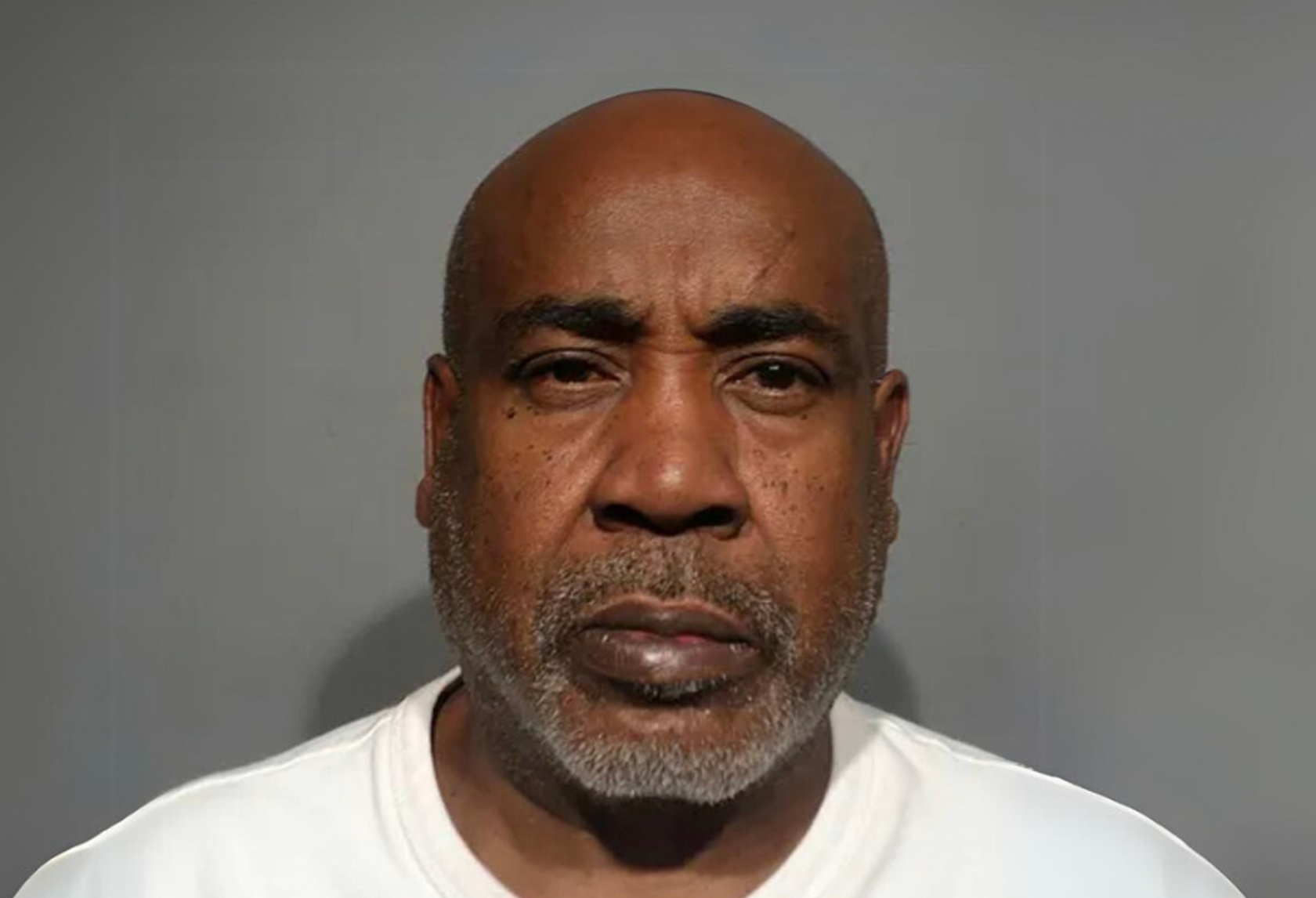
Unveiling Tupac: The Power of Dialogue

Unleashing Greatness: The Extraordinary Journey of Mike Jones and Primal Canine

Breaking the Stigma: California's Push for Magic Mushroom Decriminalization

Bizarre Spider Invasion Sends Grocery Store into Panic Mode
Newest Releases
SHOP THE COMPLETE OMERTA STOREFEATURED ITEM
MOST POPULAR
ADVERTISMENT






